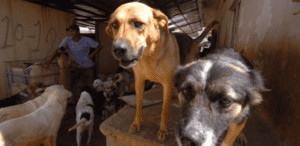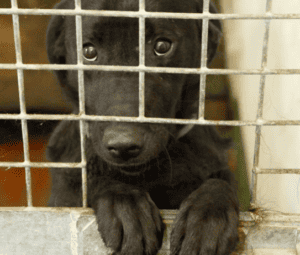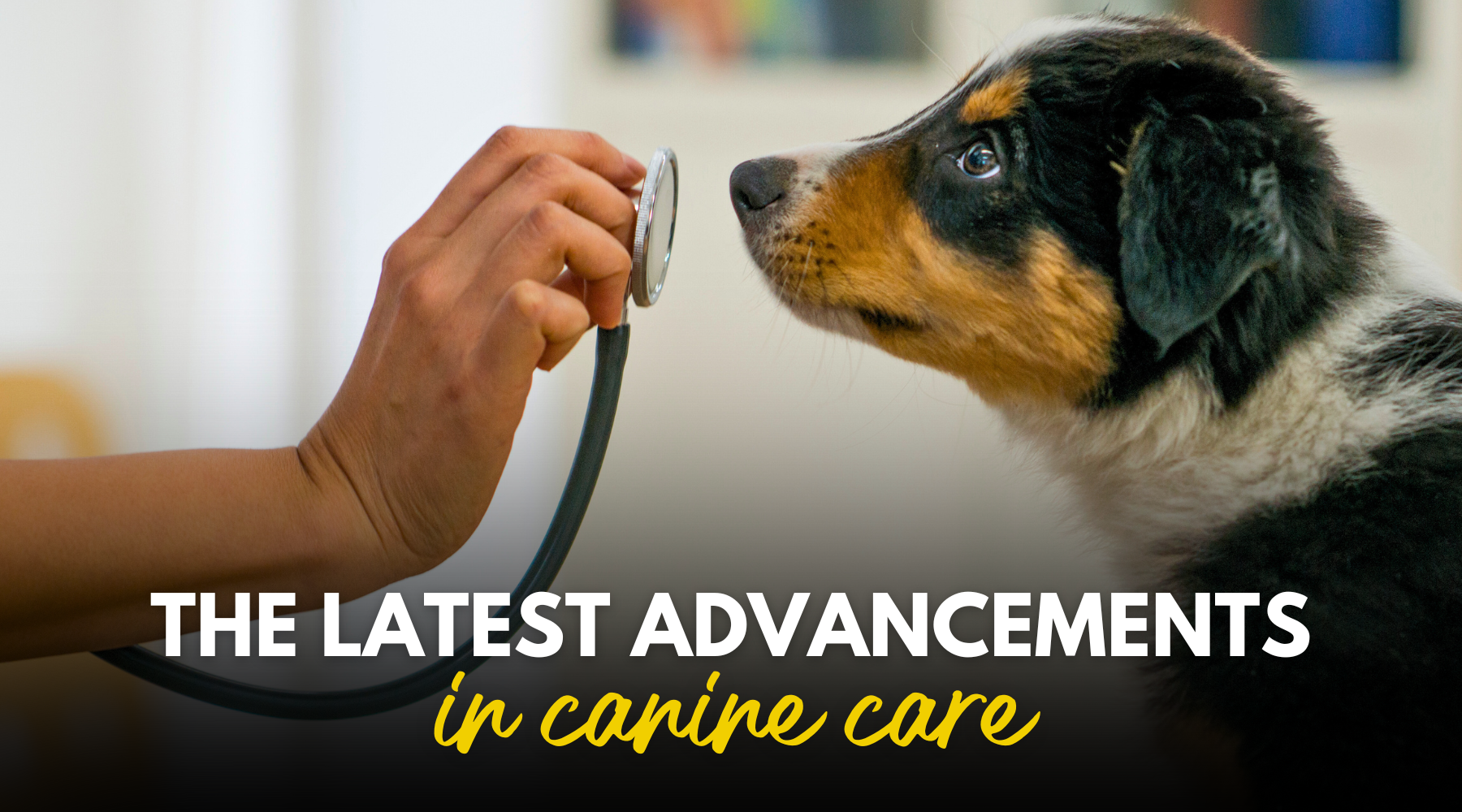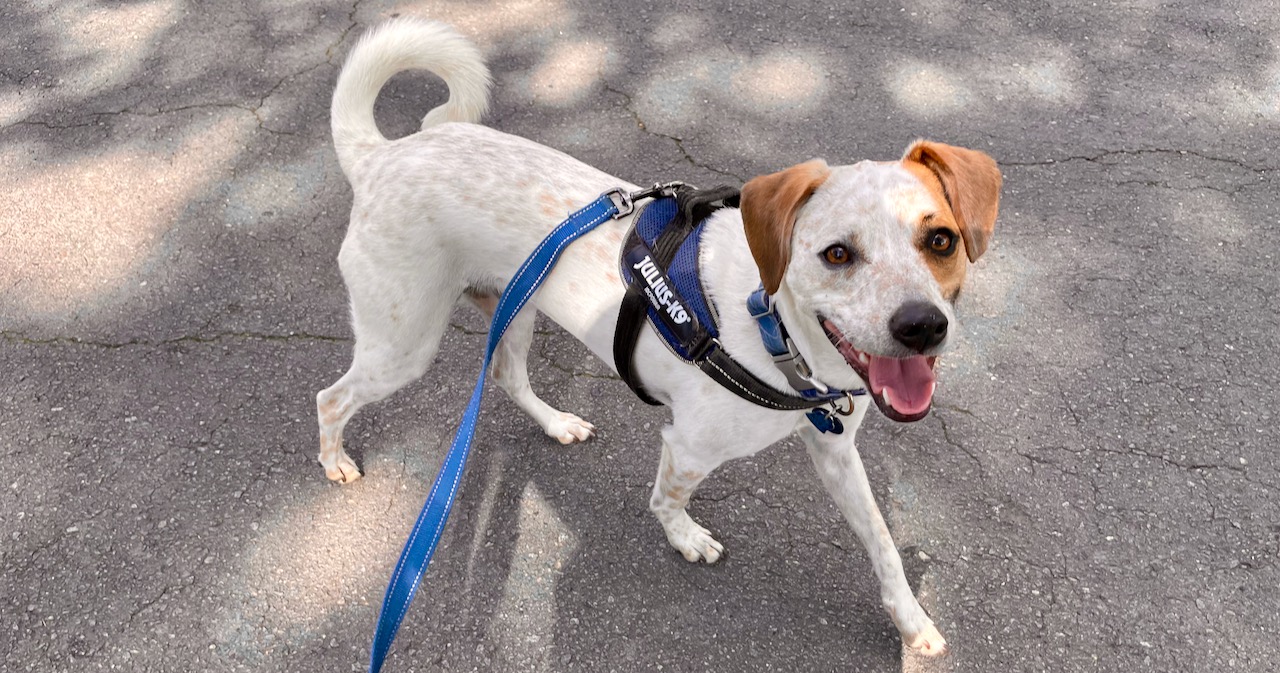While breeding purebred dogs has been the focus of our lives, we also love ALL dogs and animals, and in fact, Jonathan and Donna are very involved with dog legislation in their state, even being involved at the Capitol, talking with lawmakers and advising committee members and lawmakers. Along the way we have found some disturbing facts that made us get more involved. These things that made us lose sleep at night is THESE RESCUES ARE NOT REGULATED. What that means for people adopting from a rescue:
1. Unreported dog bites of the dog you are adopting
2. No history of socialization, and may lead to dog bites and behavior issues.
3. No health regulations, vaccines, or medical care is required by the state—neither does every animal entering see a vet to determine its health (which you, the adopter, should know!) No cleanliness routines are required in unregulated shelters, therefore, disease, parasites, and bacteria run rampant.
4. Fact: Millions of discarded pets flood animal shelters every year, and mistakes come with dealing with such vast numbers. The most tragic is accidental euthanasia, which happens often, occurring all across America. (especially flooding shelters are “covid dogs” people bought during that time then discarded)
5. Accidental Euthanasia: When “Target” vanished from Young’s family home. The family searched frantically, but Target was picked up and brought to Animal Care and Control, where she stayed for three days before being mistakenly euthanized. Ruth Statler, the facility’s director, delivered the news to the family personally, claiming to be “heartsick.
6. If you drop an unwanted pet at an animal shelter, it probably won’t be adopted. More likely than not, it will be put to death. The American Humane Association estimated that 64 percent of animals brought to shelters are euthanized—56 percent of dogs and 71 percent of cats.
The cited statistics are from a study done in 1997, which only surveyed a fraction of shelters throughout the nation (1,000 of an estimated 3,500), so the real numbers could be far worse. They likely are, given that breed bans and breed-specific euthanasia are relatively new.
7. Euthanasia high: “PETA, whose extreme policies in defending animals often border on the absurd, is one of the worst offenders in this regard, euthanizing over 90 percent of the creatures remanded to their care. PETA claims that its euthanasia rates are so high because their shelters are a “last resort,” taking in animals that would not be accepted anywhere else. “(Mike Devlan) According to the American Veterinary Medical Association, this is a humane form of euthanasia. Carbon monoxide is a colorless, odorless gas that has killed many humans inside their own homes.
Thirteen states, including California and New York, outlaw the practice of gassing shelter animals, but it persists elsewhere.
8.Lying photos: Emily Tanen was hired by Animal Care and Control of New York City in 2009 to act as a liaison between the shelter and outside rescue agencies. To make the dogs at Animal Care look more appealing, she photographed them interacting with people to replace the standard shots of the dogs alone. One man said that Tanen’s unique photos inspired him to take in a dog from the Animal Care shelter. Nevertheless, Emily was terminated for violating their policy of excluding humans from photos.
9. Unsocialized/Dangerous dogs–There is currently no legislation to disclose meat dogs and feral dogs that may harm adults or children and may carry a variety of diseases. Rescue dogs from third-world countries have introduced viruses that were currently eliminated in our current US population.
There may be NO licensing requirements, annual fees, record-keeping requirements, and inspections. In addition, these non-profit organizations should be aware of contractual issues, property claims involved with animals, and other laws that will impact their daily operations (as of filling out our 2024 kennel license, rescues STILL are not regulated by the state or any governing agency!).
“In the United States, the federal government is the single largest employer so it’s no wonder that people often assume the federal government plays a part in regulating animal rescue. After all, aren’t most animal rescue’s 501(c)(3) IRS charities which means the government regularly checks up on them. (They sure do inspect US, as a licensed kennel–in fact–we get the ‘white glove’ inspection (literally!) twice a year.)
10. Fact: Animal welfare organizations are NOT regulated by the United States federal government.
Animal welfare is a tricky subject to untangle so we’ll do our best to clear up the misconceptions here. The USDA (Department of Agriculture) does play a role in certain aspects of animal welfare. There are federal laws on the books for specifically how you must transport animals (i.e. size of cage, ventilation, and access to food & water), and what paperwork must be filed to ensure we are not contributing to disease outbreaks. But when it comes to animal rescues and shelter organizations, the USDA does not have a part in their normal operations. And most have no regulations or oversight whatsoever!
As the U.S. Constitution states, anything not specifically called out as a federal responsibility is therefore left to the states to determine and many states do have regulations for inspecting animal welfare organizations, but generally only if those organizations adopt out more than a certain threshold of animals each year. The regulations get even fuzzier when it comes to breeding operations, hence the challenges we have with puppy mills springing up all over the country as a way to make a fast buck at the expense of animals’ well-being. Animal shelters that receive municipal funding (i.e local government budgets paying for their operation) do exist but they are not regulating the others in the industry.
That’s why we at the ARPA developed our Silver, Gold and Platinum rating for animal rescue organizations. We want to provide the way for the public to trust and know that the organizations they are working with are reputable, and transparent. We’re keenly aware that the government’s role in the welfare of animals is very limited, and we want to do our part to help the best of the best rise to the top.”
Shelters and rescues can ask intense personal questions – and deny your application for any reason. It is up to their staff to determine whether you qualify.
Depending on the animal’s specific needs, you could be denied because of the following:
- Having too low an income
- Being too busy (working long hours or lots of travel)
- Housing situation (no fenced yard, no animals allowed in a rental unit, etc.)
- Family situation or children (young kids, full household, etc.)
- No previous pet experience
- A bad referral from your vet
- A bad referral from your application references
These types of criteria are not considered discrimination. But if something feels off about the application denial, or if someone made discriminatory comments to you, it may be worth talking with an attorney during a free consultation.
The Adoption Process Doesn’t Run A Background Check
Some states say shelters and rescues may run background checks. This is not a common practice, and most organizations only rely on calling referrals and vets.
This means people with a criminal record of animal abuse may be allowed to adopt new animals. Sometimes they only have to wait a few years before they can adopt a new animal. So far, nine states are working on creating animal abuse registries to stop this.
Some Contracts Say You Are Not the Actual Owner
Read all adoption contracts carefully. Some shelters or rescues can claim “superior title” and monitor the pet for the rest of its life. This gives them the right to take it back if you aren’t up to par. If it ends up back at the rescue or at a vet office, you may never get the dog back.
Shelter Staff Can Stop By At Any Time
Check your contract. Some shelters and rescues have contracts saying they will conduct a home visit:
- During the application process
- After the adoption takes place
- Any time after adoption just to check-in
You have legal rights not to let someone into your home, but they might have a contract to seize your pet if you refuse the home visit. Know the policy so it isn’t a Saturday morning-in-a-robe-and-slippers surprise.
Non-refundable Fees or Deposits Are Legal
Most organizations see the adoption cost or application fee as a non-refundable donation. Whether you are denied, choose not to adopt the animal, or return the pet after a few weeks, that money is likely gone for good.
We hope you head into your adoption process feeling informed. To learn more, keep educating yourself with the resources below or explore your own state’s pet adoption laws. (FindLaw)
Ask questions using this blog as a guide if you are thinking of adopting a dog from a rescue. Our hope is this will bring you success and a lifetime of less headaches for your adopted pooch.







